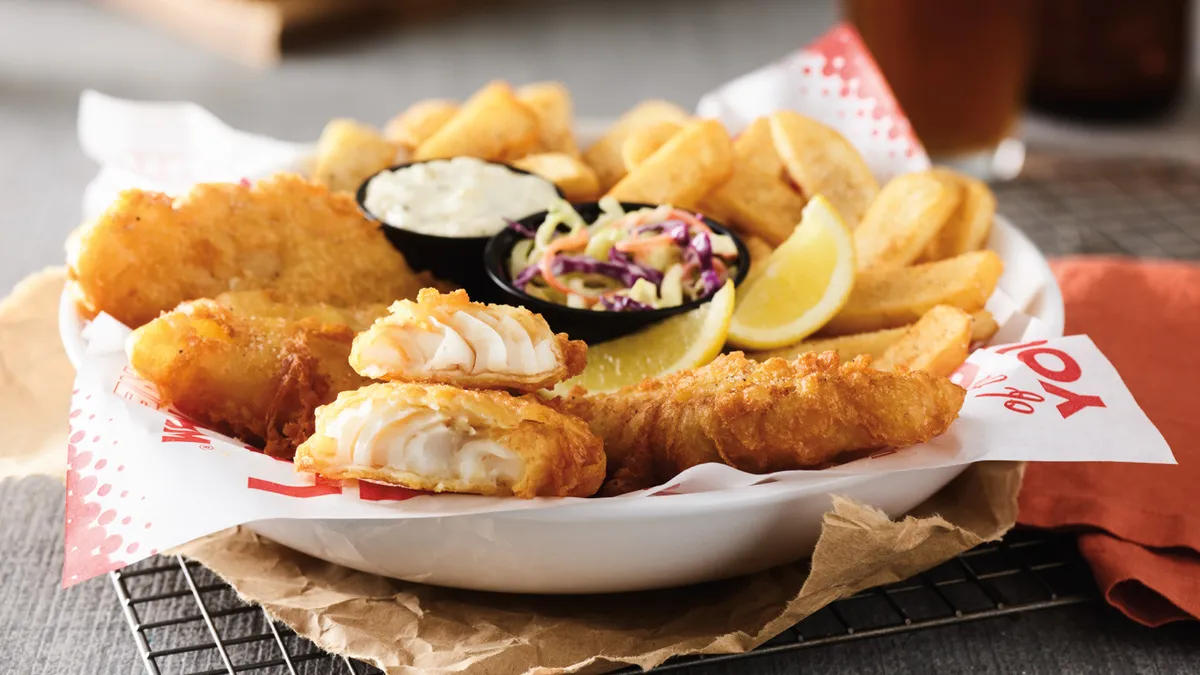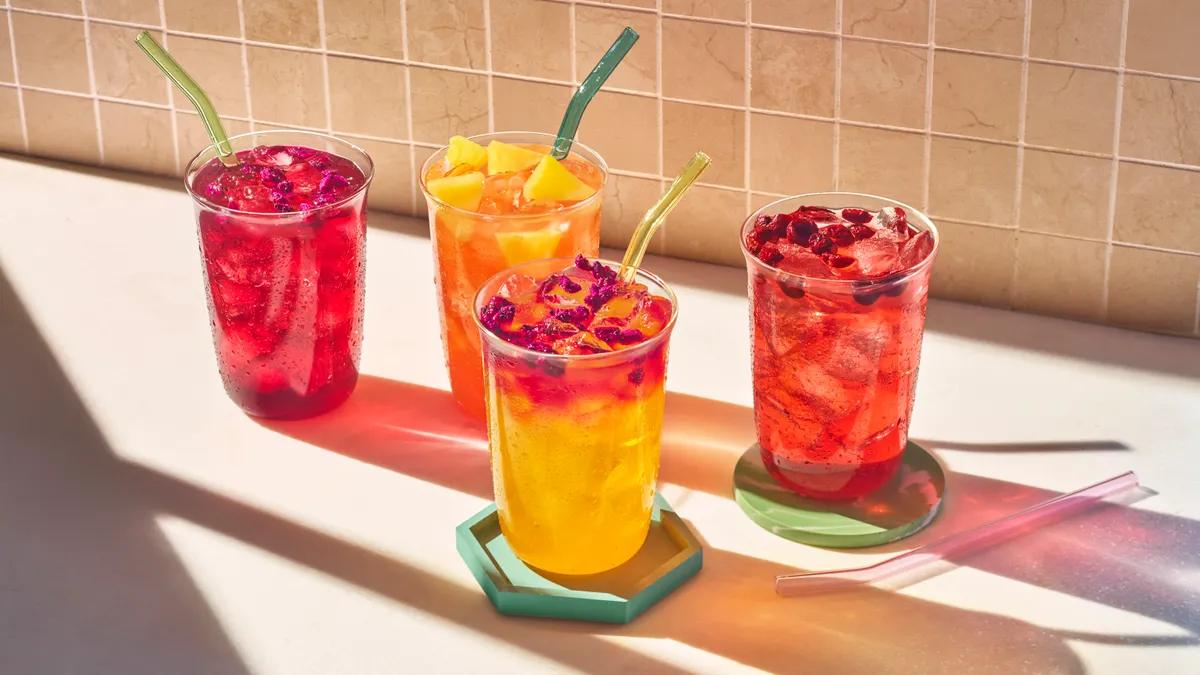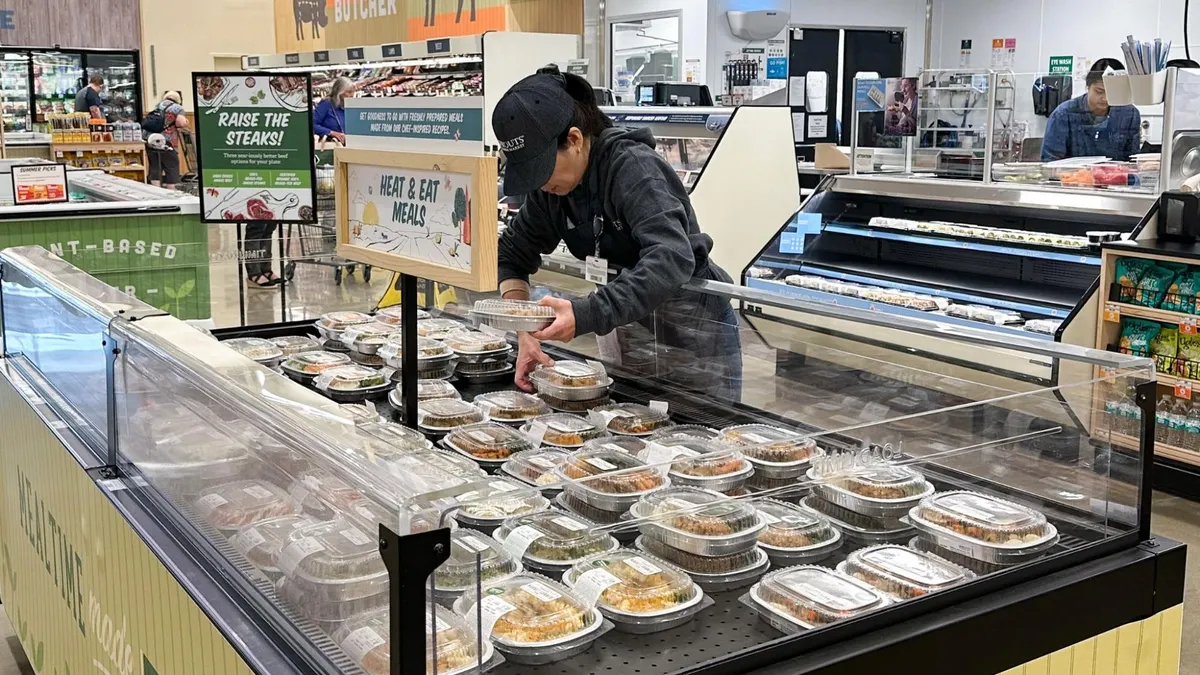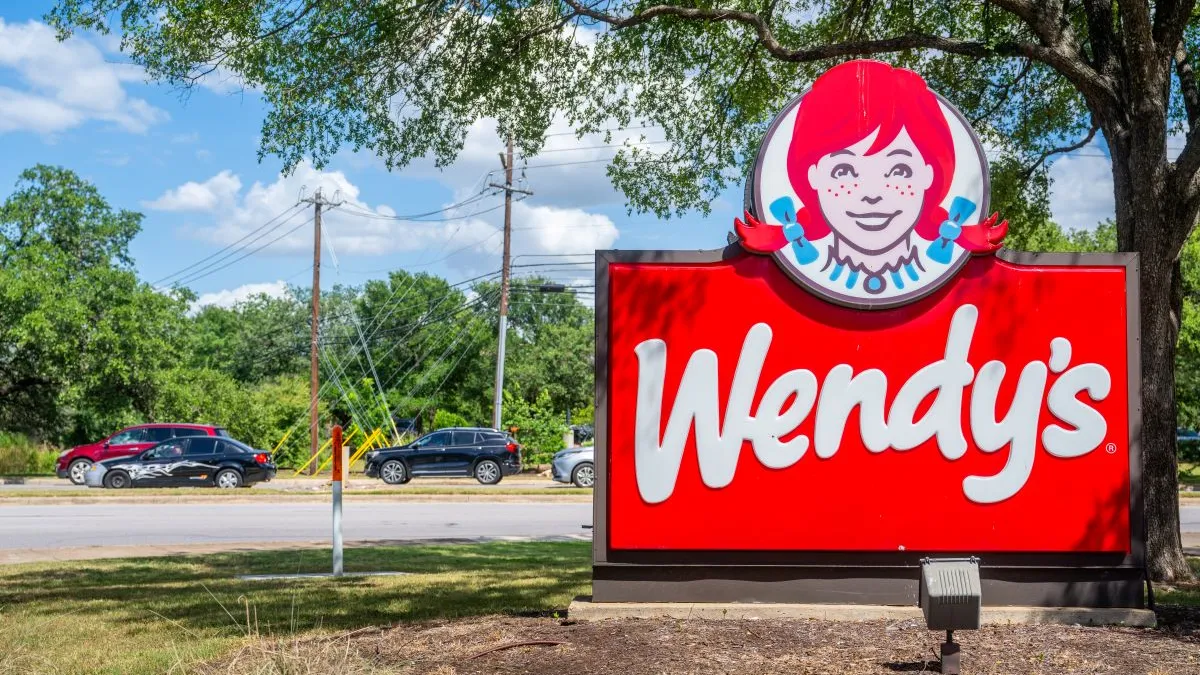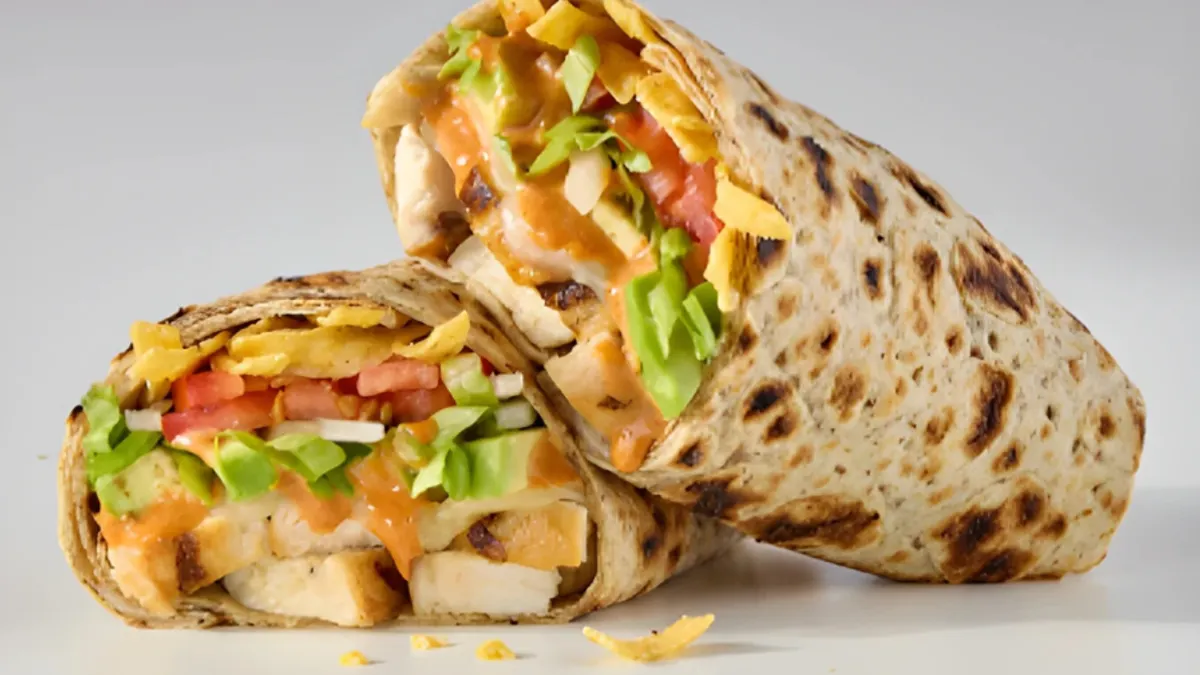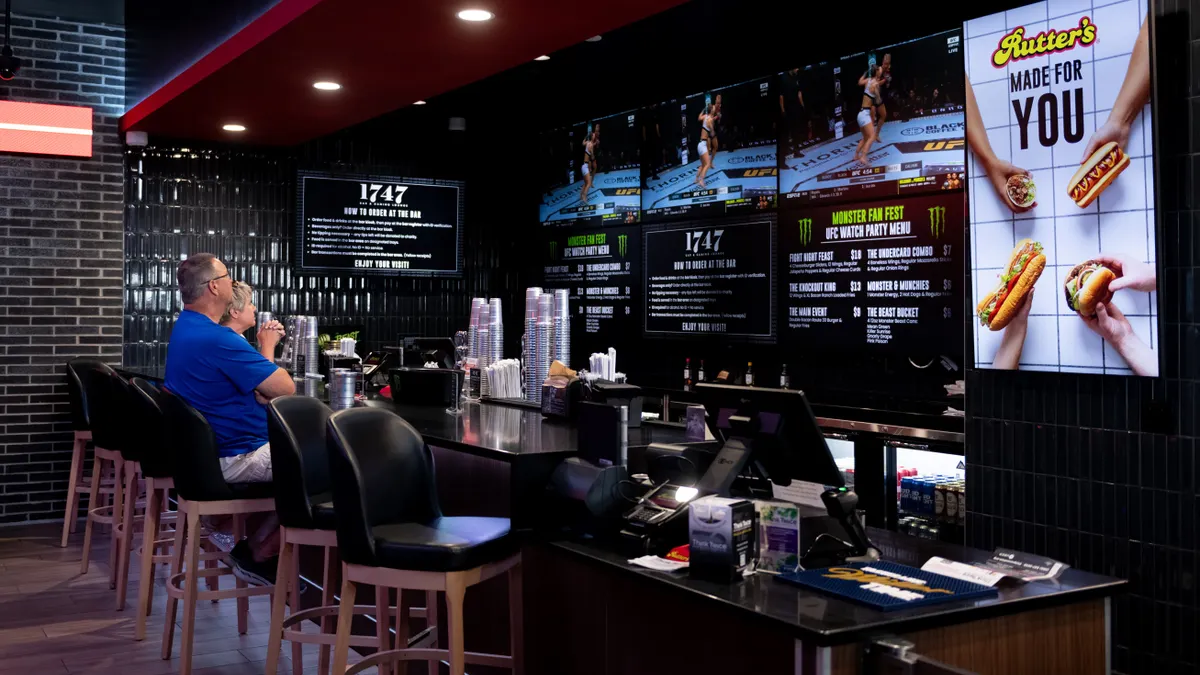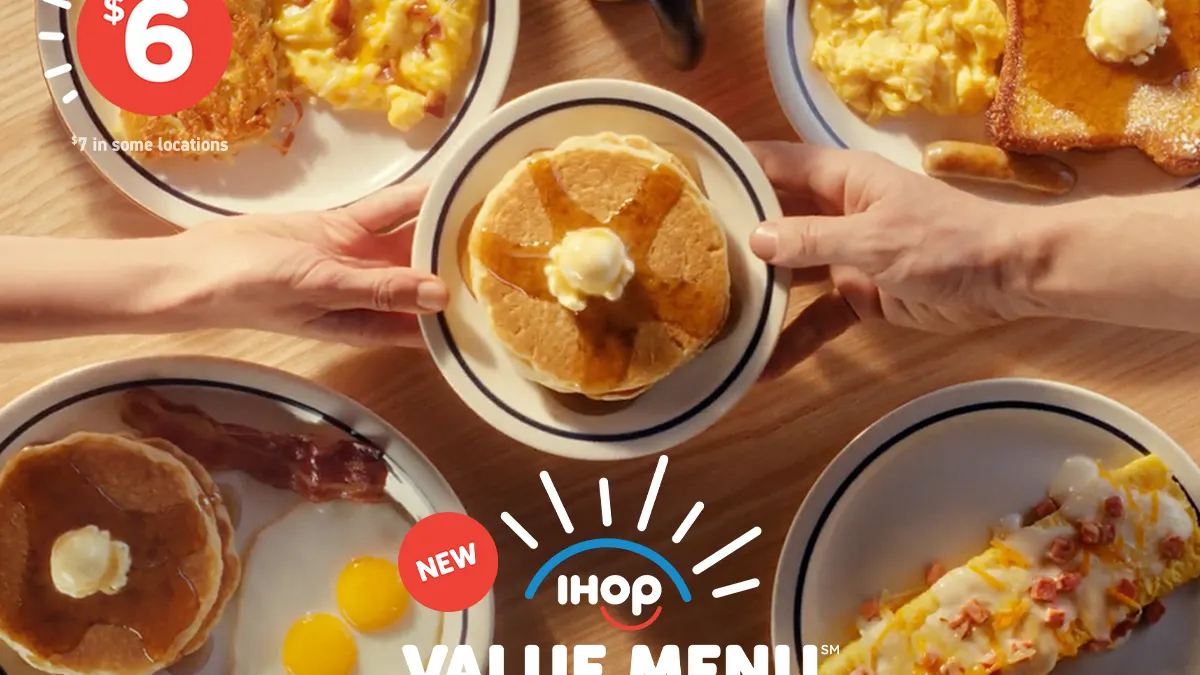When GJ Hart was CEO of Texas Roadhouse in the 2000s, casual dining chain competitor Red Robin was the poster child of the segment. Back then, Red Robin was in the heyday of its growth: in 2006, it opened 48 restaurants and boasted revenue increases of 27.3%.
More recently, expansion and performance have faltered. In 2019, the chain closed 18 restaurants, opened one franchised unit and saw annual revenue slip by 1.8%.
Hart believes this decline stems from a departure from Red Robin's family-oriented roots, which he sees as a competitive differentiator. Now, he plans to refocus on kid-friendly hospitality as part of the company's “North Star” plan announced in January.
Other points of focus include core menu items — including Red Robin’s gourmet burgers, shakes and bottomless fries — restaurant-level hospitality and staffing improvements. The company also changed its cooking method for its burgers, and added new buns and plateware to elevate the entrees it’s known for.
“Those four things wrapped together were those competitive advantages,” Hart said. If the chain leans into these elements and makes them relevant for today’s diners, management believes the brand could incite stronger consumer demand.
Red Robin is also making operational changes to its leadership structure. In the past, the chain took a top-down approach to train and communicate with franchisees, rather than asking operators for feedback. Now, Hart and his team are democratizing decision making — granted, with some corporate-mandated guardrails — so even single-unit operators gain more autonomy.
“It’s not trying to reinvent the wheel or Red Robin,” Hart said. “It’s taking the best of what Red Robin was as an iconic brand and bringing it forward. When you look at our first quarter results, we’ve started to make some progress.”
During Q1, Red Robin’s comparable restaurant traffic increased 0.6% while comparable restaurant dine-in sales were up 16.4%. Comparable restaurant sales for the first quarter were also up 10%.
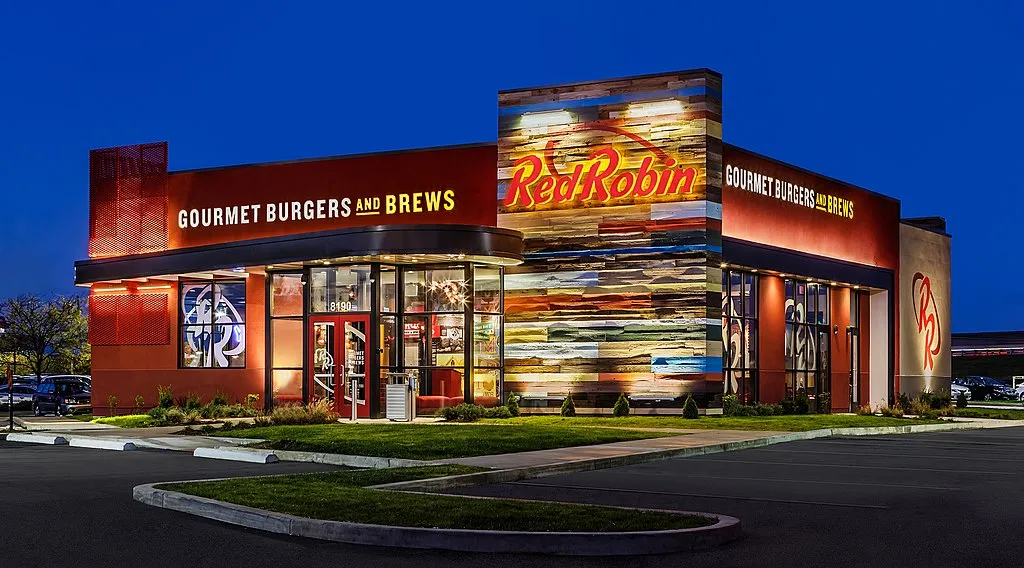
How improved staffing bolstered the customer experience
To better run its restaurants, Red Robin shifted back to a traditional management style that includes salaried managers. Previously, restaurants were run by general managers, assistant managers and hourly managers. Now, the assistant manager role is replaced by either a kitchen manager or hospitality manager.
Red Robin is staffed with more managers to operate restaurants “effectively, efficiently and productively,” Hart said, adding that each restaurant is staffed based on the store’s sales volume to best meet operators’ needs.
The company also returned to a more traditional front-of-house model that includes server assistants helping servers, and brought back bussers and added more bartenders, among other staffing changes. By fully staffing restaurants, Red Robin has broken over 700 hourly and weekly sales records per period, Hart said.
Red Robin brought back certified training restaurants, as well. This way, new leadership team members can learn from some of the best operators in the system instead of only receiving training within their home restaurants.
On the guest experience front, one of the biggest changes so far has been ensuring that there are hosts to greet customers as they arrive. The company also brought back balloons for kids and its bird mascot, Red.
“Our overall guest satisfaction scores have gone up pretty dramatically and [at] a pretty rapid pace, which is nice to see,” Hart said. “Our scores are up about five points. That’s a pretty big jump over that period of time.”
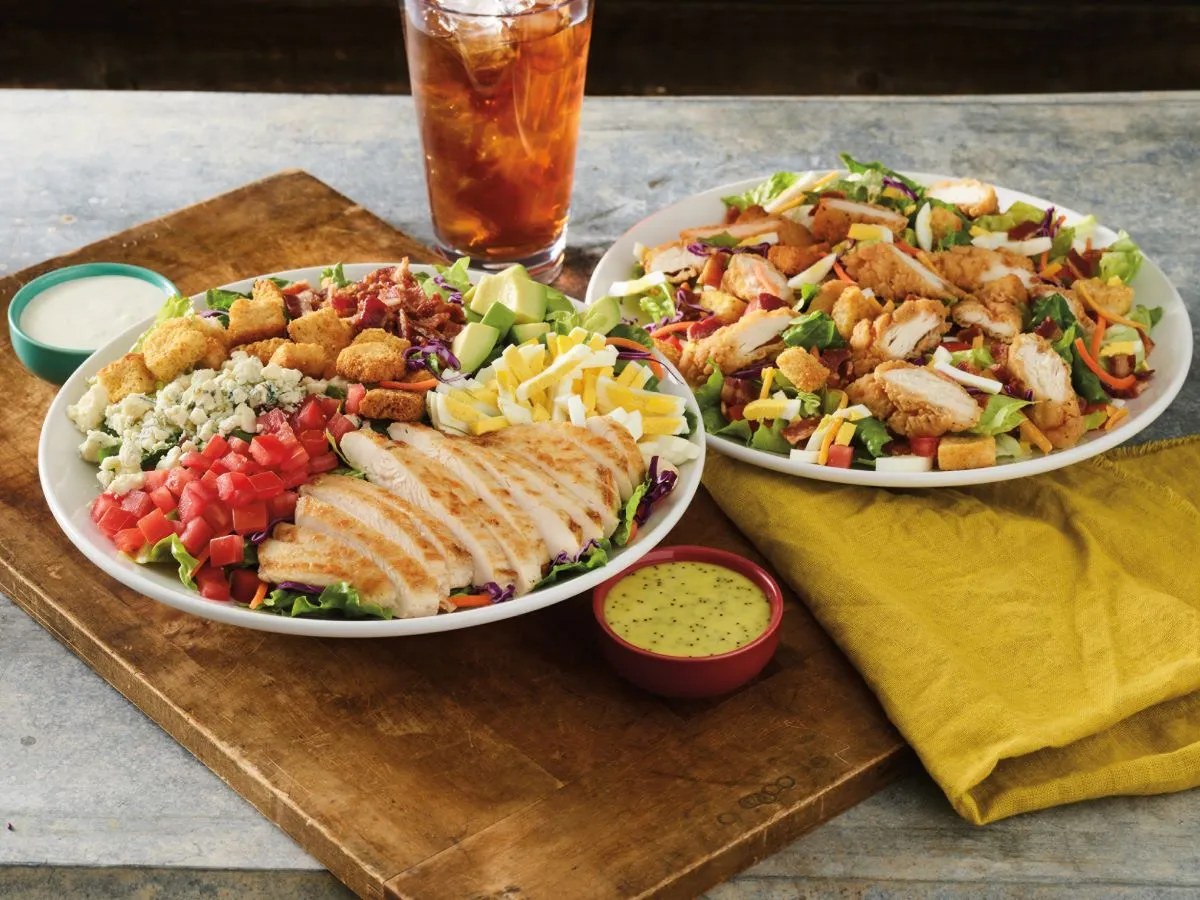
Red Robin leans into menu enhancements
Outside of its staffing shift, one of the more noticeable changes at Red Robin will be its menu updates. The company, alongside several other casual chains, including TGI Fridays, Denny’s, Chili’s and IHOP, is planning to revise core menus. These updates are being done to appeal to changing consumer preferences and increase overall food quality to bolster frequency.
When evaluating how to improve its food quality, Red Robin first looked at how it cooks its burgers. The restaurant originally used a conveyor belt system to cook the burgers and finished them on a charbroiler. A few weeks ago, this equipment was replaced with flat-top grills, which created juicier burgers that create less waste, Hart said.
Red Robin also changed the presentation of the burgers themselves, swapping out food baskets for white plates that showcase the burgers with fries. The burgers are also 20% bigger, he said.
The chain is working to increase the quality of its burgers, too. By October, the company will offer better quality ingredients, from mushrooms to grilled onions and mayonnaise and vine-ripened tomatoes and fresh chicken, he said.
Red Robin will source these items from its existing supply chain partners, but has revised its supply strategy to save on costs, Hart said. For example, instead of ordering a 15-pound case of burgers, the chain ordered 30- or 40-pound cases to lower the price per pound, Hart said. In the past, the company would work with multiple vendors for every product, but Red Robin has reduced its vendor count to access better economies of scale, he said.
Beyond just burgers, corporate will review every aspect of its menu. For appetizers, it plans to add non-fried alternatives and freshen up its salads with higher-quality ingredients. It also will add new non-burger entrees. Today, the chain offers fish and chips that are popular with diners. The company plans to add additional entrees like salmon, ribs and other items that it’s testing. Red Robin will bring back a fresh chicken sandwich, which it moved away from when it cut 55 menu items in 2020 following pandemic sales slumps. Items removed include the Chili Chili Cheeseburger, Shrimp & Cod Duo and Bruschetta Chicken.
“The idea there is that we’ll have low entry points from a pricing point of view, higher exit points than burgers with these other entrees,” Hart said.
The new menu will help Red Robin’s overall value perception, Hart said. The new entree items will start rolling out in October, and the refresh to its appetizers and salads will come in Q1 2024, Hart said.
Red Robin’s updated menu won’t include items from its virtual brands, which the company confirmed this month it was removing to reduce operational complexity.The chain originally offered three proprietary brands as well as MrBeast Burger at its restaurants. Red Robin isn’t ending its Donatos partnership, however, and expansion is expected to continue into next year. Donatos has proven itself as a sales driver, with restaurants offering Donatos outperforming other restaurants by 300 basis points in 2021.
With an improved menu, staffing and customer experience, Hart expects Red Robin to return to growth mode.
“While it is a way off for us, we do believe there is a lot of whitespace for Red Robin,” Hart said. “We can get back to growth in a few years once we do first things first and get the brand positioned properly, executing at a high level, being productive, and then being able to communicate and get the results of that so that our guests frequency goes up and that our sales grow.”



